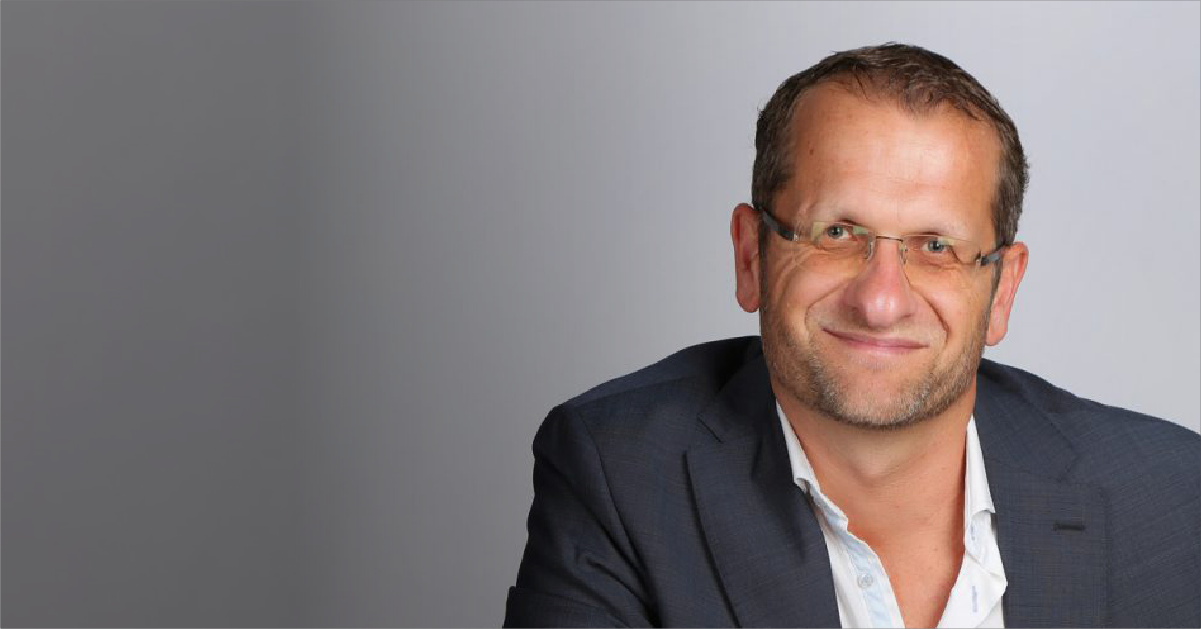Director Future of Work at HP Olga Martens-Stuurman, takes us through HP’s experience of creating a future-ready workspace, the importance of co-creating a future with employees, and the role of leadership in establishing an ever-evolving and inclusive culture.
What was the philosophy behind HP’s Future of Work initiative?
The questions we asked ourselves were what does it take as a company to be ready for the future? And how can we do it in a sustainable manner?
The future of work is not so much about hybrid work, although there are some hybrid implications. It is really about rethinking what is important for you as a company. When you talk about the future of work, do not limit yourself to where people work. Instead, look at why they work, what kind of work they do, when, and with whom.
The focus is also on empowering future-ready people. People are the center of many things that we do and if you want to be future-ready, you need to make sure that you offer enough growth opportunities for your employees.
Though there are lessons to be learned from the hybrid work model, what the pandemic taught us is that people can change and stretch quickly. We saw a lot of collaboration and creativity. Of course, there were also challenges. It was important for us to take the learnings from this hybrid period and ask ourselves how we can capture those learnings.
What are some key principles when it comes to preparing for the future of work?
When we look forward to the future of work, we follow three principles: empathy, a focus on culture and talent, and co-creation.
Empathy really starts with the assumption that not everything can be the same. One size does not fit all. The key is listening well to what your employees need because it is easy to implement something globally but often, you need to look at local rules and needs.
We have different generations in the same workforce, and they have different needs. Also, people are at different parts of their employee lifecycle. There is no single way that will lead to success.
We need to understand how we can create the best conditions for everybody to deliver their best work and that demands a lot of scenario planning. No one knows for sure what the future will look like, but you can prepare.
What is clear is that this is an iterative process. One of the things we learned from the pandemic is that we really need to adapt and learn. This is our culture.
Culture is not something that you just say, it is something that you do. It is something that we co-create together with our employees.
If you are going to ask employees for input, you had better do something about it as well. At the same time, make sure that you are very transparent because there is no way you can do everything that everybody wants.
Be clear that some of the skills that you currently have might not be enough for the future. So, you may need to upskill and have people undergo agile training while also allowing them to help you overcome challenges together. The most important thing is to keep the conversation going.
People are passionate about the future, and people are passionate about the company, but they need to have a voice. You have to make sure that these voices are not processed in silos without coming together.
How do you ensure people feel safe to share their ideas?
Psychological safety is not something that you just describe, it is something that you really need to ingrain in the culture.
It is really an important part of our culture at HP that we can be authentic, that we respect each other, but also that we are there to challenge the status quo and challenge each other. We focus on making sure that people really respect each other’s opinions and are inclusive in the way they invite others in and act upon that feedback. It is also something our leaders and employees talk about regularly so that it keeps improving.
How do you balance employee flexibility and organizational values?
Certain values are non-negotiable. That is really the heart of our company goals. But flexibility and values do not have to be in contradiction. There are times in a business environment when you need to save cost and invest, you need to optimize and increase. That is the same with flexibility. I do not think you need to choose. There are some core values like human rights, respect, dignity, et cetera you can never compromise on, but those do not conflict with flexibility.
Still, it is important to be aware of the challenges that come with flexibility and how to overcome them. There may be certain unforeseen or unwanted implications of flexibility that you may need to discuss and then adapt to.
What is an initiative that you implemented as part of your Future of Work program that was most successful?
I was doing this for customer support, and I asked everybody a simple question: Are you ready?
That had a huge impact on the leadership. Am I ready for the future as an organizational leader? What kind of trends maybe do I need to follow? How will my business remain relevant? And those questions were very true for managers and employees as well.
Some of our leaders said that we should make our own plan or someone else will do it for you. As an employee or first-line manager, life is already pretty complex. There is a lot to manage, so thinking about the future is a bit overwhelming. But the idea that maybe somebody else will make your plan for you might motivate you to free up your agenda a bit and think about some of the trends or expand your learning. That was a big aha moment in customer support.
We had so many people trying to invest in their learning and pick up new skills. And this was contagious in a way. People were so enthusiastic to get ready for the future. There was so much passion to learn and share, to get better together.
Sometimes a simple question – ‘Are you ready?” – can have a huge impact on an organization.
What are the challenges and opportunities in creating flexibility and autonomy, and how do you overcome them?
I think many people want to work for companies that offer flexibility. So, it is a way to attract and retain talent. There is much more technology now that makes it possible such as new working tools, asynchronous working, and remote mentoring. Also, employees have shown that they are very capable of stepping out of their comfort zone to do something new and challenge themselves. So, I think there is an opportunity to tap into a talent pool that maybe was not used before.
On the other hand, some people may not feel completely included or might have difficulties building up a network. It could also be that people work a bit too much and that can have an impact on work-life balance or work-life integration. You must be careful with the potential digital burnout. We need to be disciplined on how to say no and determine what is really relevant and what should be a priority.
So while flexibility opens opportunity, it also depends on people’s ability to deal with it as an individual or as a team. It is something that should be reviewed occasionally. You need to remain alert so that you do not miss some symptoms of fatigue or a lack of wellness for employees.
I think you need to be transparent and clear in your prioritization and really offer enough support to your employees so they can feel empowered and work flexibly.
How do you make sure these efforts for creating an agile, future-ready workplace are successful?
If something is important in your culture, you should model it. You should do it early, and you should do it often. Also, avoid big words and big concepts. Your message needs to be clear and simple. It should also be relevant for people in their local situations.
The other important thing is to remember not to strive for perfection. Sometimes you need to move quickly, so you may have to say “I do not know that yet” or “We will come back to that”. People appreciate that clarity.
Beyond that, communicate and be aware of how you do it. For example, younger generations communicate in different ways. You may need to try different mechanisms for different groups because even with the best intentions, you might have missed something.
Culture is not one thing you can define. It is evolving just as people evolve. We want to move fast, we want to learn, and we want to adapt. So, we cannot just talk about it. We need to show it in the culture. We need to keep on engaging with employees and building on that shared purpose.
How do you build the next generation of organizational leaders?
I do not think there is one simple answer, because I think context is always very important. Where are you leaders now? Where do you want them to go? Is there a big gap? Do you have time to close it?
I think it is important that you get some idea of what your current status is and where you want to be in the future. From there, you have different routes to choose from such as upskilling, reskilling, or hiring new talent.
It is critical to realize that what we need in the future will be different than what we need now from leaders. There is probably more attention now on power skills. I think it is important that we focus on empathy. On the other hand, there are a lot of technological changes as well, which means you also need to be at least digitally savvy.
Either way, ensure that you are not standing still and that you are willing to learn and adapt.
What do you think the future of work looks like?
I think the future of work looks bright for those people who are starting to prepare for it. I think there will be huge changes in why people work, where they work, when they work, how they work with whom they work, what kind of work they work on, and how much they work.
Also, employee expectations will change a lot. You will need to be able to listen well to employees, to adapt to their needs while keeping a good balance of growth that is sustainable. I think that is one of the keys to success.
*Answers have been edited for length and clarity.







